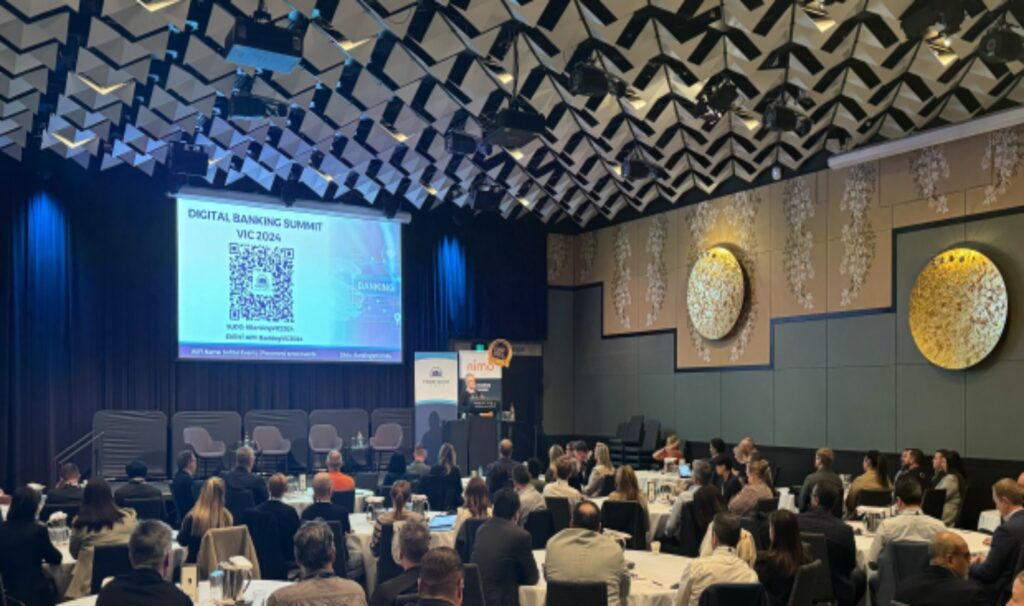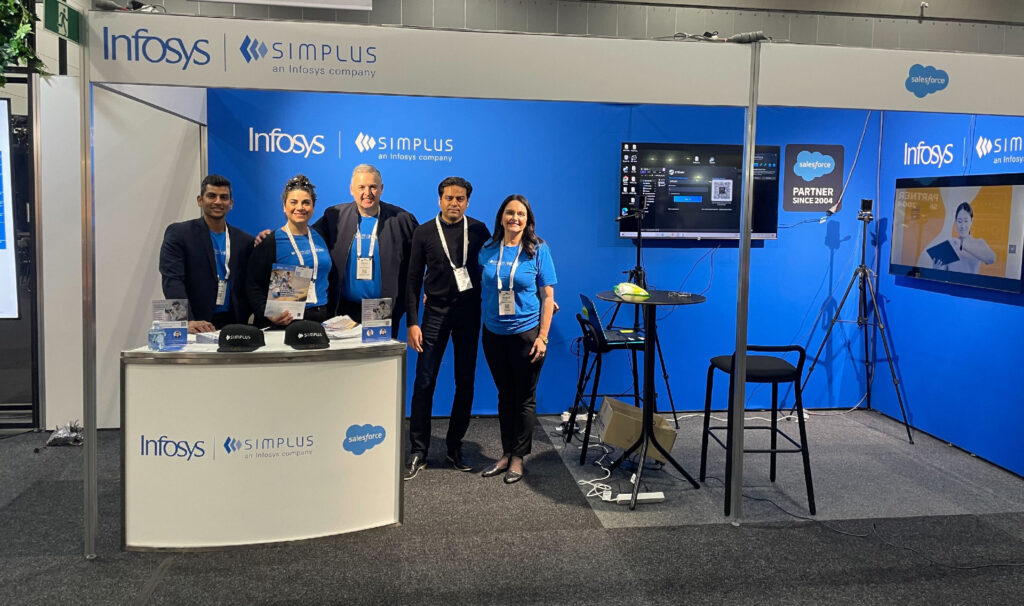The importance of communicating early wins – and how to do it
Communicating and celebrating short term wins provide credibility, momentum and support for a transformation program.
There are many good reasons for undergoing a digital transformation within your business – It can lead to smoother and more customer centric processes, it can lead to increased revenue through new products and services and it can make you more efficient, reducing overhead and reducing costs. In short, it can revolutionise your business at a critical time when customers and partners increasingly expect fantastic experiences and when businesses urgently need to deliver new efficiencies.
However, between the tech and the potential achievements lie the people in the business. From senior executives to the broader organisation, these are the people who – regardless of your hard work in implementing change – will make or break your project.
So you’ve got to take them along that journey with you.
During any period of change, communication is vitally important, and a tech implementation is no different.
It does, of course, present its own unique challenges.
For example:
- Not everyone may understand why the change is needed.
- Some may be sceptical about it working.
- Others may be apprehensive about what it means for their day-to-day role.
- Some may be concerned about the impact on their job security.
- Some workers may be reluctant to change the way they do things.
This applies equally to every stakeholder in the company – and, at board or executive level, the chances are, they are keeping a very keen eye on the impact and effectiveness of what is usually a sizeable investment. Often, they need to see stage-one success, before having the confidence to move on to stage two.
At the beginning of any technology implementation, it’s important to convey clearly and often the ‘why’ behind the change, as well as the ‘what’, so people understand the rationale behind a project.
Later on in the journey, the ‘how’ will become important – helping people understand new systems, processes and ways of working.
To bridge the gap between the beginning and the end, however, the ‘why’ needs reinforcing at regular intervals. And to illustrate the point, and bring it into a context that’s understandable and meaningful to people, it’s important to help them understand how things are improving.
And that can come in the form of quick wins.
The importance of quick wins
Quick wins are hugely important during any technology implementation. As an example, a proof of concept or prototype can be developed, which gives boards a level of comfort around their investment and shows everyone else the beneficial impact on the business.
At the outset of a project, it’s smart to identify opportunities for quick wins. This could be in the form of stage-one successes to prove the case for a deeper transformation, or it could be an impact on a process or department that has resulted in efficiencies or a smarter way of operating. It could be some achievements that indicate the project is on track to delivering the outputs required.
The concept and benefit of achieving quick wins isn’t anything new – studies from more than 20 years ago demonstrated the importance of quick wins. In his book Leading Change from 1996, Dr John P Kotter outlined eight key steps in leading change. Step 6 is Create Short Term Wins – nothing is more motivating to the team than success and celebrating that success.
The quick wins have to be the right ones, though. According to Harvard Business Review, they’ve got to tick a number of boxes, including solving an immediate problem – ideally with a clear connection to project progress, benefits (revenue growth or cost reduction), not detracting from people’s day-to-day responsibilities, and enabling those involved to share the win.
Examples of quick wins could be;
- Proof of Concept completed and demonstrated
- Foundational solution components implemented
- Milestones achieved (planning, design and solutioning, etc)
- Pilot launched successfully
Whatever it is, you need to know the impact you believe it can have, and engage the people directly involved along the way.
Communicating your project wins and successes
By engaging those people directly involved, you create advocates for change – those people who are enthused, excited and invigorated, and who’ll talk at will about the project.
Those quick wins can begin to tell a story about the change that’s happening. How you communicate it will depend on the size and structure of your organisation, but whether it’s regular posts on staff communication channels or during in-person meetings, it’s vitally important to communicate the impact – the outcome – of the quick win.
Of course, the outcome for one cohort will be different to that of another.
For example, employees will be more interested in the outcomes for people using the technology:
- How is this helping them achieve their project and/or business goals?
- How has it made their life easier? Are our processes more efficient?
- What impact has it had on their ability to do their job?
- Has it saved time to enable them to invest their time elsewhere?
For boards and executives, the focus is on higher-level business outcomes:
- What progress have we made towards realising the target benefits
- What impact has this had on sales or revenue?
- What effect has it had on staff hours required to conduct certain tasks?
- What opportunities does this open up to our business?
Communication is critically important to manage a tech implementation with transparency. By demonstrating you are aware of the things that matter to different elements in the organisation, you can prioritise what’s important to them. This ensures that the enthusiasm and interest in the project won’t wane, and, as it progresses, a compelling narrative about the benefits for the business as a whole, and each individual, can be constructed along the way.
And finally, creating short-term wins is also an opportunity to reward and celebrate the teams and people that have been involved in producing them. A great opportunity to boost team morale and recognise the hard work put in by the team.
Successful digital transformation and user adoption rely on great communication throughout the entire journey, with that journey potentially offering major benefits in the end.
Find out how Simplus advisory services can help you take a strategic approach and successfully drive change from start to finish.







